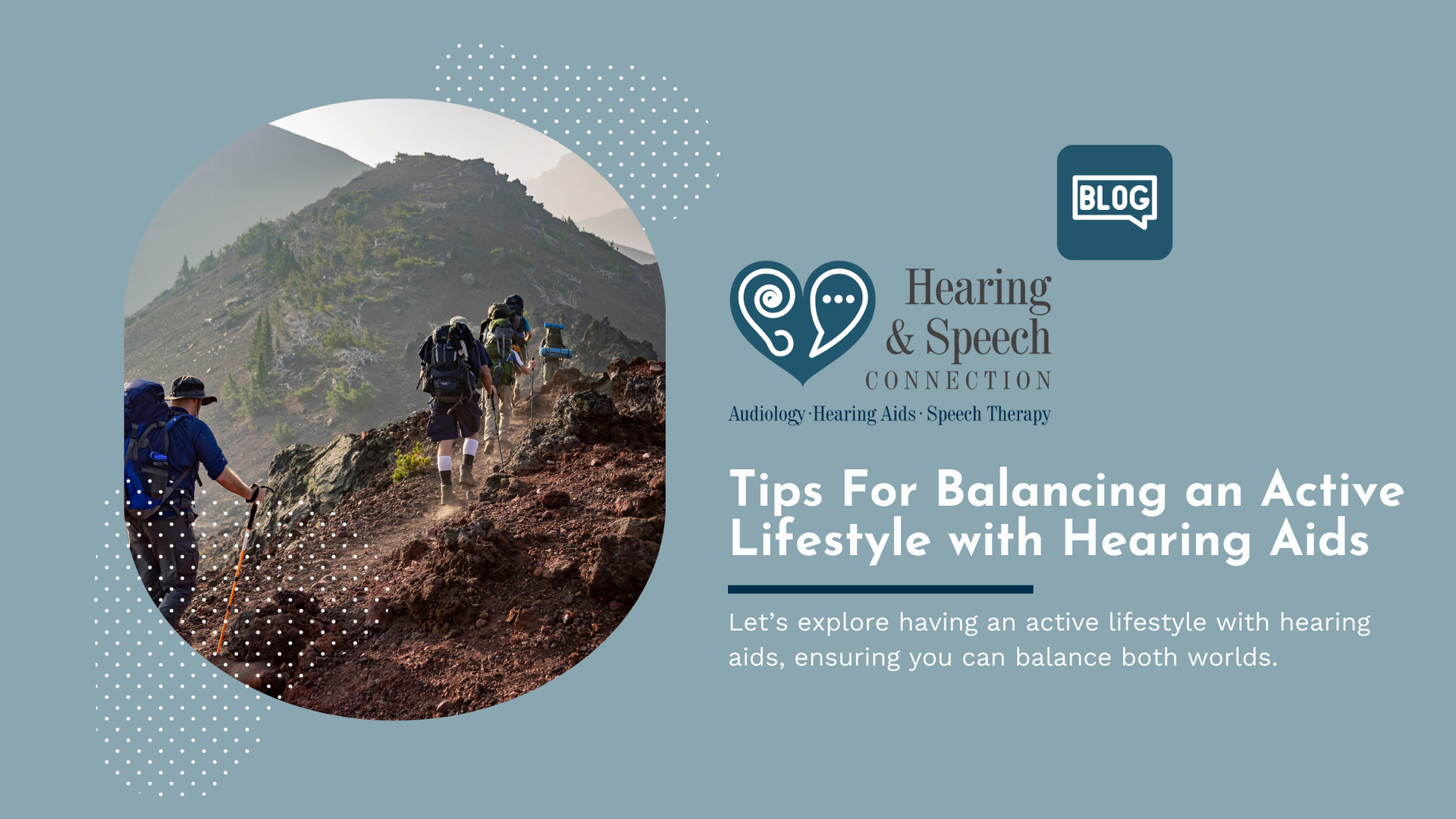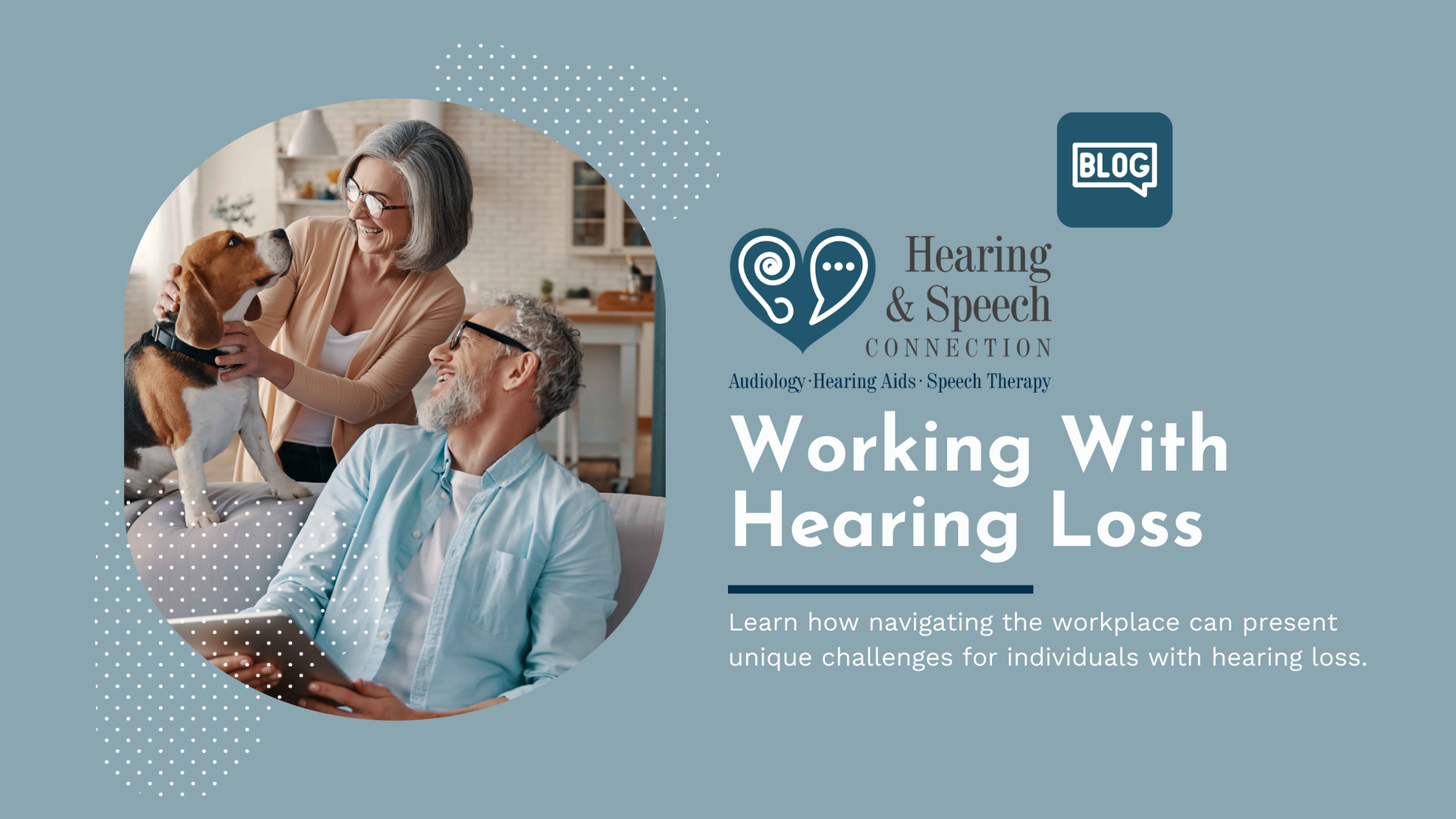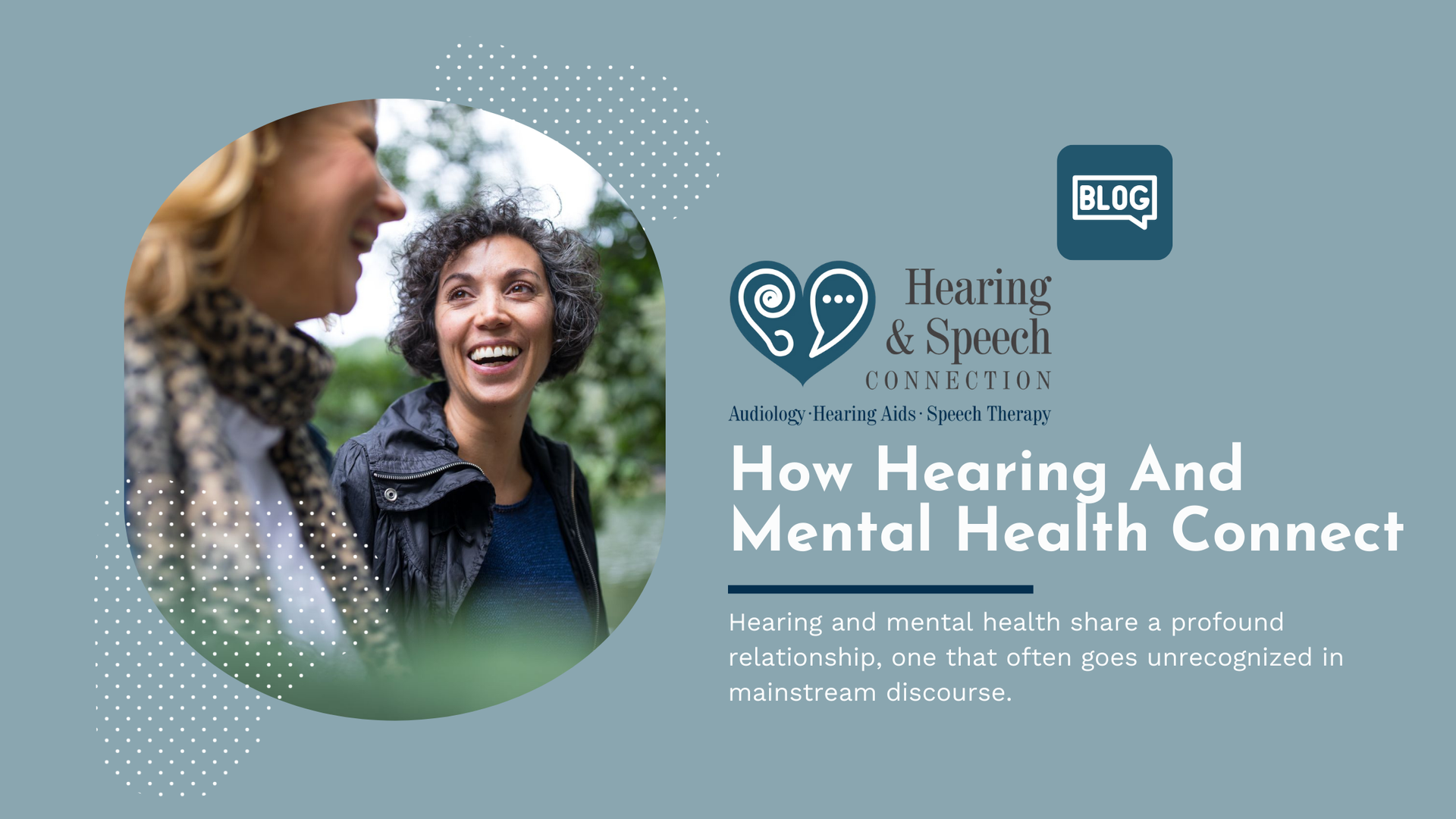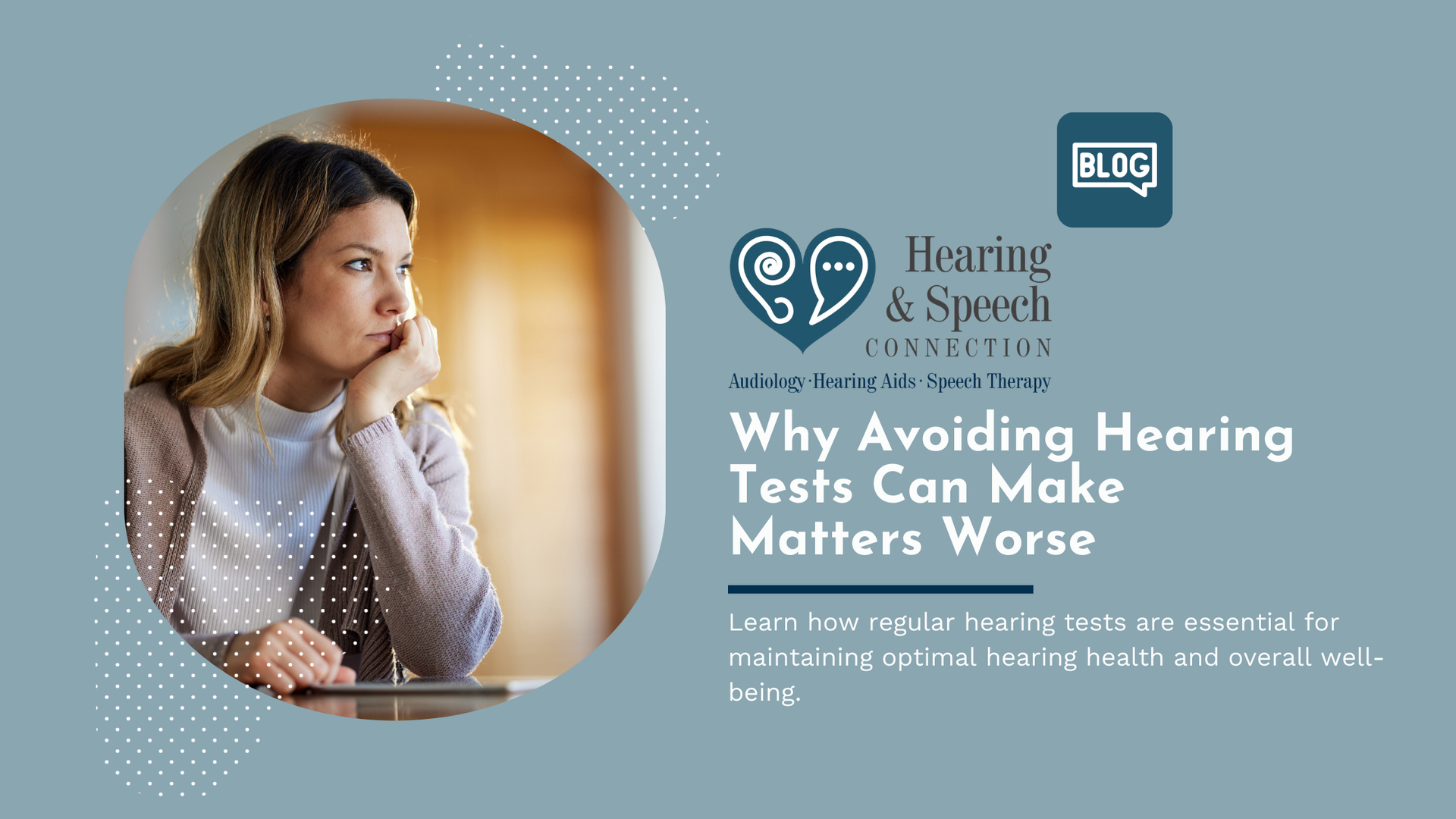Connecting People | May is Better Hearing and Speech Month!
The American Speech-Language-Hearing Association (ASHA) celebrates Better Hearing & Speech Month (BHSM) every May. This is a time to help spread awareness of communication disorders—such as hearing loss—and promote some of the life-altering treatments and prevention measures that are out there. If you’ve ever been concerned about hearing loss, read on!
Connecting People
This year, ASHA has chosen the theme of “Connecting People.” When you think about it, that’s what treating hearing loss is really about: maintaining our ability to connect with others. And sometimes, getting the treatment you need is all about getting connected to the right people!
ASHA has split the month into weekly sub-themes:
- Week 1: Schools
- Week 2: Inpatient Settings
- Week 3: Outpatient Settings
- Week 4: Home and Workplace
Each week, they plan to focus on the audiologists, speech-language pathologists, and other professionals who are available to assist those with communication disorders in each of these settings. While the program for each week will be revealed as the month progresses, they have already published information regarding Week 1.
Hearing at School
About 15% of school-aged kids and teens have measurable hearing loss in at least one ear. The extent to which this is a concern of course depends on the amount of hearing loss measured, but studies have revealed that even minor hearing loss ( less than what is considered “mild hearing loss”) causes the brain to work a little differently, and can cause problems with attention in the classroom.
Hearing loss that goes untreated can affect success in both academic and social realms. Educational audiologists help children and teens in school by diagnosing and treating hearing loss, as well as recommending accommodations that might include assistive listening devices (ALDs) in the classroom.
Hearing Loss Prevention – Safe Listening for Life!
Noise-induced hearing loss (NIHL) was on the decline around the beginning of the century but is on the rise again. About one-eighth of kids and one-fourth of adults today have some degree of NIHL.
We’re exposed to loud noise in many of the places we go daily. Motor vehicles, construction sites, trains, and even the level of sound in many bars and restaurants can easily reach dangerous levels. These sounds add up over time to cause NIHL.
Sound levels around 80–85 dBA (decibels A-weighted) can cause hearing loss after about 8 hours. For every 3 additional dBA of volume, the safe period of exposure is cut in half . By the time sound reaches 100 dBA, it can cause hearing loss after only about 15 minutes.
At 85 dBA, this volume level is equivalent to that of a gas-powered lawnmower. A kitchen blender can reach 94 dBA! While we don’t usually listen to the kitchen blender for the full hour it would take to cause hearing loss, imagine all the other sounds around. If we’re listening to music while we mow the grass or cook a meal, all these sounds can come together to create a very loud day’s work. We might also have hobbies that involve loud sounds, which get added to the overall amount of noise exposure we face.
It is important to protect ourselves against overly loud sound whenever it occurs. This may involve hearing protection, or avoiding certain spaces or activities, if possible. ASHA has noted a few major ways we can protect our hearing:
- Hearing Protection – There are many varieties of protection, but it’s important to make sure that the protective devices you use are appropriate for the level of sound in your environment. Under-protecting can lead to NIHL, while over-protecting can present its problems. Custom hearing protection is the best (and best-sounding!) method of protection, for those who are exposed to dangerous sound levels regularly.
- Measure the Sound – You can download an SPL (sound pressure level) meter app for your smartphone, or purchase a dedicated SPL meter device. This lets you find out exactly what the average noise levels are in whatever environment you may encounter, and can help you know when to protect your ears or move away from a sound source.
- Keep Your Distance – 500 feet is typically a safe distance from a loud sound source, but this also depends on just how loud it is.
- Buy Quiet – Window air conditioners, heaters, and many other household items and appliances may be offered in a “quiet” version or may have a “quiet” setting. Check for these and help keep your home as noise-free as possible!
- Be Careful With Headphones – Headphones and earbuds are some of the biggest culprits in NIHL. Remember to keep the volume setting to half or lower—just loud enough that you can hear the program material—and take listening breaks every hour. You might also consider purchasing noise-canceling headphones to help reduce the level of ambient sound, which in turn allows you to keep your volume set lower.
The post Connecting People | May is Better Hearing and Speech Month! appeared first on Hearing Connection.




